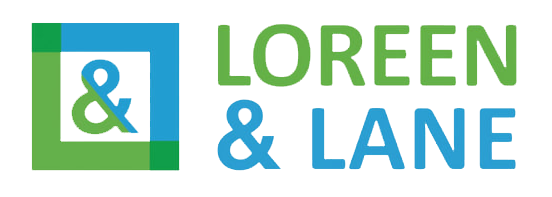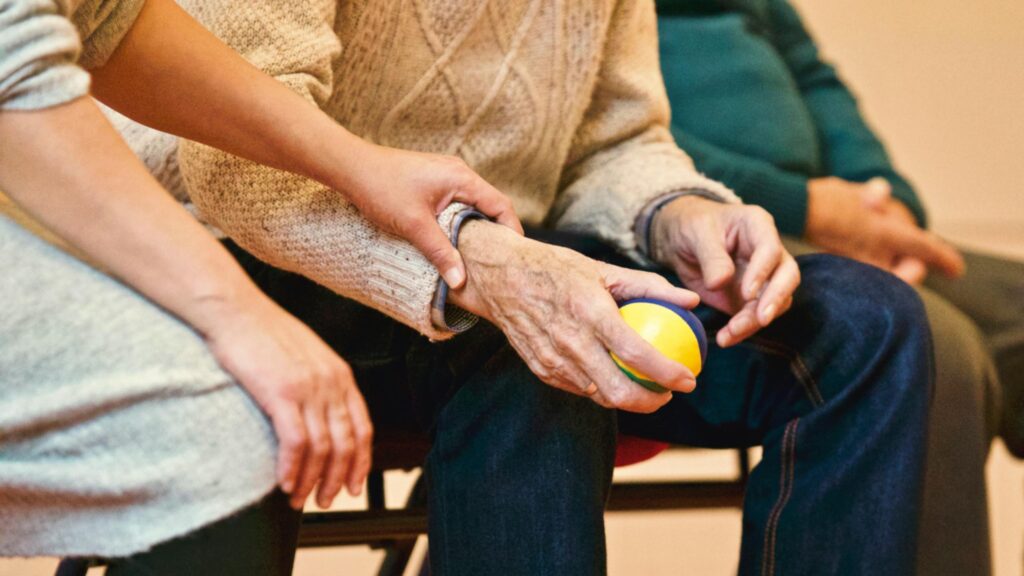When it comes to health, timing can be everything. Recognizing the early signs of a stroke can make all the difference between a full recovery and permanent damage. Let’s dive into this crucial topic and arm ourselves with the knowledge to act swiftly.
What is a Stroke?
A stroke occurs when blood flow to a part of the brain is interrupted or reduced, preventing brain tissue from getting oxygen and nutrients. Within minutes, brain cells begin to die. Understanding the types of strokes is essential.
Types of Stroke
- Ischemic Stroke: This is the most common type, accounting for about 87% of all strokes. It occurs when a blood clot blocks or narrows an artery leading to the brain.
- Hemorrhagic Stroke: This happens when a blood vessel in the brain bursts, causing bleeding in or around the brain.
- Transient Ischemic Attack (TIA): Often called a mini-stroke, a TIA is a temporary period of symptoms similar to those of a stroke. It doesn’t cause permanent damage but serves as a warning sign.
Early Signs of Stroke
Recognizing the early signs of a stroke can be the key to saving a life. Here are some crucial symptoms to watch out for:
Sudden Numbness or Weakness
- Face, Arm, or Leg: This often occurs on one side of the body.
- Drooping Face: Ask the person to smile; if one side of the face droops, it could be a stroke.
Confusion or Trouble Speaking
- Difficulty Understanding Speech: The person may seem confused or unable to understand simple statements.
- Slurred Speech: Noticeable difficulty in speaking clearly.
Vision Problems
- Blurred Vision: Sudden trouble seeing in one or both eyes.
- Double Vision: Experiencing double vision unexpectedly.
Difficulty Walking
- Loss of Balance: Unexplained dizziness or trouble walking.
- Coordination Problems: Sudden difficulty with coordination.
Severe Headache
- Sudden, Intense Headache: Often described as the worst headache of one’s life.
- Accompanied by Vomiting: Nausea or vomiting with a severe headache can indicate a stroke.
BE FAST: A Quick Way to Remember Stroke Symptoms
Balance: Is the person suddenly having trouble with balance or coordination? Eyes: Is the person experiencing sudden vision changes? Face: Ask the person to smile. Does one side of the face droop? Arms: Ask the person to raise both arms. Does one arm drift downward? Speech: Ask the person to repeat a simple phrase. Is their speech slurred or strange? Time: If you notice any of these symptoms, call emergency services immediately.
Risk Factors for Stroke
Understanding the risk factors can help in prevention. Here are some common risk factors:
- High Blood Pressure: The leading cause of stroke. Managing blood pressure is crucial.
- Diabetes: People with diabetes are at higher risk.
- Heart Disease: Conditions like atrial fibrillation increase the risk of stroke.
- Smoking: Doubles the risk of ischemic stroke.
- High Cholesterol: Can lead to atherosclerosis, increasing stroke risk.
- Age: Risk increases with age, especially after 55.
- Family History: Genetic factors can play a role.
Preventing a Stroke
Prevention is always better than cure. Here are some tips to reduce your risk:
- Maintain a Healthy Diet: Eat plenty of fruits, vegetables, and whole grains.
- Exercise Regularly: Aim for at least 30 minutes of moderate exercise most days.
- Control Blood Pressure: Regularly check your blood pressure and take medications if needed.
- Manage Diabetes: Keep your blood sugar levels in check.
- Avoid Smoking: Seek help to quit smoking if necessary.
- Limit Alcohol: Drink in moderation.
How Medicare Can Help
Medicare can be a lifesaver when it comes to stroke prevention and treatment. Here’s how:
- Preventive Services: Medicare covers preventive services like screenings for high blood pressure and diabetes.
- Doctor Visits: Regular check-ups and visits to specialists are covered.
- Rehabilitation: Medicare covers physical therapy, occupational therapy, and speech-language pathology services.
- Prescription Drugs: Medicare Part D helps cover the cost of prescription medications.
- Hospital Stays: Medicare Part A covers inpatient hospital care and services.
Medicare and Stroke Rehabilitation
After a stroke, rehabilitation is essential for recovery. Here’s what Medicare can do:
- Inpatient Rehabilitation: Medicare covers inpatient rehabilitation if it’s medically necessary.
- Outpatient Therapy: Coverage for outpatient physical, occupational, and speech therapy.
- Home Health Services: Medicare can cover home health services if you’re homebound and need skilled care.
When to Seek Immediate Help
Time is critical when dealing with a stroke. If you or someone else shows signs of a stroke, seek immediate medical attention. Call emergency services right away. Quick action can reduce the damage to the brain and improve recovery chances.
The Role of Emergency Services
Emergency services are trained to handle strokes. They can:
- Assess Symptoms Quickly: Determine if it’s a stroke and what type it is.
- Administer Medication: Provide drugs like tPA (tissue plasminogen activator) to dissolve clots.
- Transport to Stroke Center: Ensure you get to a hospital equipped to handle strokes.
Long-Term Care and Support
Long-term care may be necessary for severe cases. Here’s what to consider:
- Home Health Care: Skilled nursing and therapy at home.
- Long-Term Care Facilities: Options for those needing constant care.
Importance of Follow-Up Care
Regular follow-up care is vital to monitor recovery and prevent future strokes. Here’s why:
- Monitoring Progress: Ensure therapies are effective.
- Adjusting Treatment Plans: Make necessary changes to medications and therapies.
- Preventing Recurrence: Address risk factors and lifestyle changes.
Lifestyle Changes for Stroke Survivors
Making lifestyle changes is crucial for stroke survivors to prevent another stroke:
- Healthy Diet: Focus on a balanced diet rich in nutrients.
- Regular Exercise: Engage in physical activities approved by your doctor.
- Quit Smoking: If you smoke, seek help to quit.
- Limit Alcohol: Drink alcohol in moderation or not at all.
Support for Caregivers
Caregivers play a critical role in a stroke survivor’s recovery. Here’s how they can get support:
- Respite Care: Temporary relief for caregivers.
- Support Groups: Connect with other caregivers for advice and support.
- Educational Resources: Learn about stroke care and management.

Conclusion
Recognizing the early signs of a stroke and knowing what to do can save lives and reduce the impact of a stroke. By understanding the symptoms, risk factors, and prevention methods, you can take proactive steps to protect yourself and your loved ones. Remember, Medicare can be a valuable ally in managing your health before and after a stroke, ensuring you get the care and support you need. At Retirement Answer Team, we can help you find a plan that suits your needs. If you have any questions, don’t hesitate to talk to our agents – we’re here to help!
FAQs
Q: What should I do if I suspect someone is having a stroke? A: Call emergency services immediately. Every minute counts in reducing brain damage.
Q: Can a healthy lifestyle prevent strokes? A: Yes, maintaining a healthy diet, exercising regularly, and avoiding smoking can significantly reduce the risk of stroke.
Q: How does Medicare support stroke prevention? A: Medicare covers preventive services, doctor visits, rehabilitation, and prescription drugs, which can help in stroke prevention and recovery.
Q: What are the long-term effects of a stroke? A: Long-term effects can vary but may include physical disabilities, speech problems, and emotional changes. Rehabilitation can help improve these conditions.
Q: Is it possible to fully recover from a stroke? A: Recovery depends on the severity of the stroke and the speed of treatment. Many people can regain significant function with proper rehabilitation.

